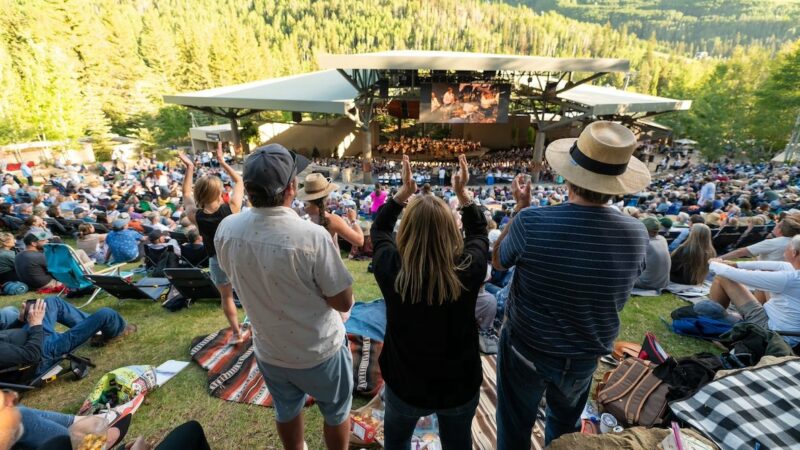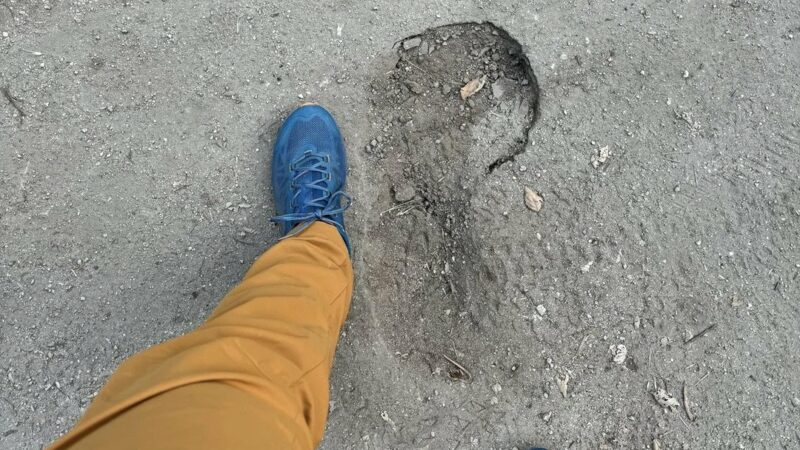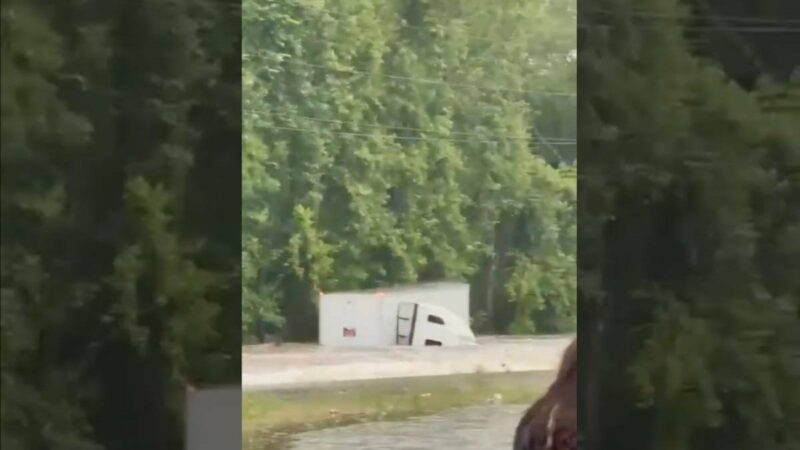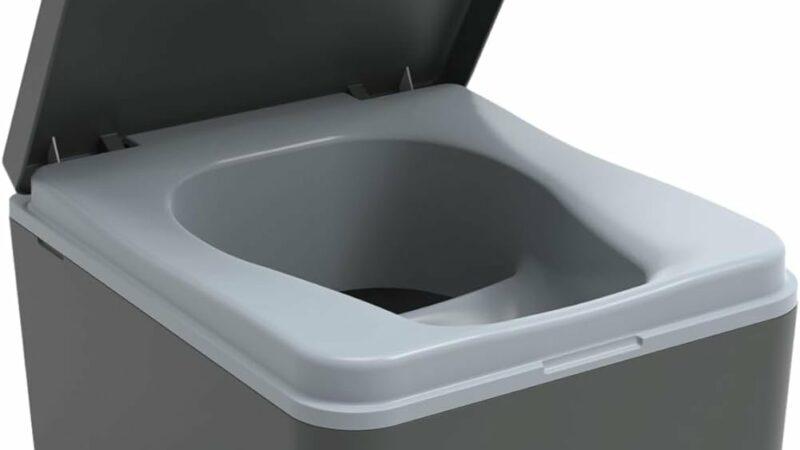Getting Hooked On Urban Fly-Fishing In New York City
The growing trend of urban fly-fishing creates a unique bond between city dwellers and their environment.
As the sun begins to set over New York City, casting an orange glow on the countless skyscrapers, a lone urban angler casts a line along the bank of Brooklyn’s Prospect Park. But rather than the sharp “whir” of a spinning rod outfitted with a jig, a chartreuse fishing line slowly unfurls across the glassy water, its deer-hair fly resting on the surface before the satisfying smack of a bass pulls it under.
Once considered an activity reserved for the tranquility of rural rivers and mountain streams, fly fishing has since found its way into metropolitan landscapes. From Manhattan’s Central Park to the shores of Rockaway Beach, urban fly-fishing enthusiasts are casting their lines in search of everything from largemouth bass to bluefish.
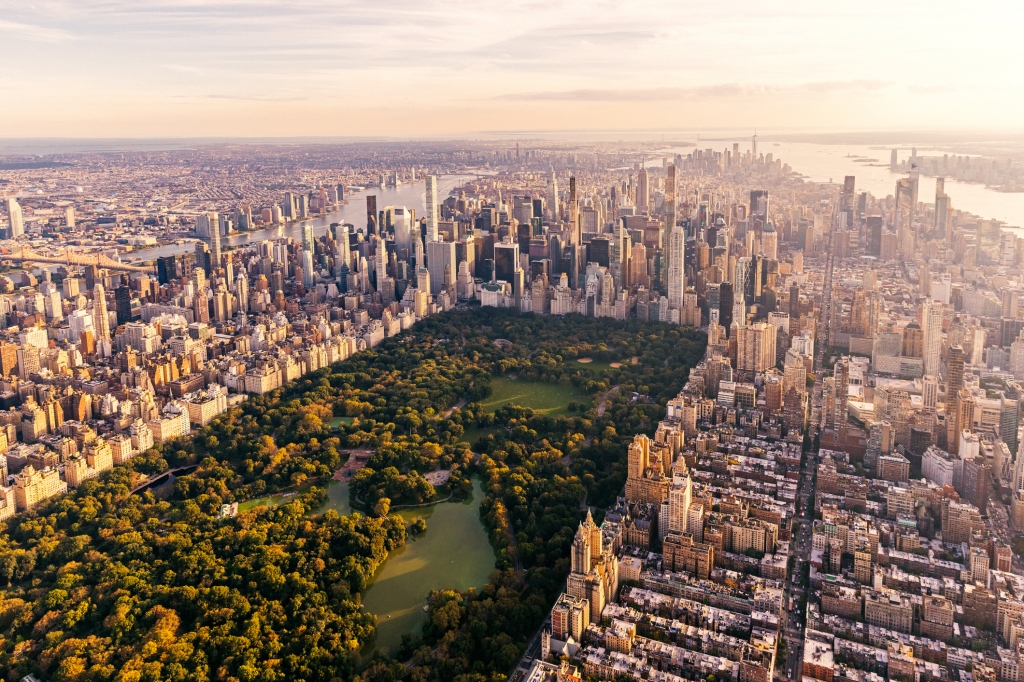
I fell into the sport firsthand just before the throes of the pandemic. An internet impulse buy of a tenkara rod soon had me haphazardly tying on flies after work at Prospect Park, a meditation that became vital to my mental health and sanity during those hard months beyond March 2020. I caught bass and perch and crappie and bluegill (my personal favorite on a lightweight rod). And I soon learned which parts of the park were overrun with loud teenagers, badly-behaved off-leash dogs, and, as I discovered late one evening, large and rather brave raccoons.
Urban fly fishing presents its own set of challenges, as anglers must navigate bustling streets and crowded waterfronts to find the perfect fishing spot. However, many participants find these obstacles to be part of the allure. They enjoy the juxtaposition of casting a line amidst the city’s hustle and bustle, finding solace in the balance of nature and urban life.
“People trying out fly fishing might want to capture that perfect cabin vibe,” Natasha Eng, one of the city’s preeminent fly-fishers, told the New York Post. “But once you get into it, you don’t really think about your phone. It’s all-encompassing.”
The urban fly-fishing community in New York City is fostered by groups like Livingston Manor Fly Fishing Club, which routinely chauffeurs Brooklynites out to its two restored buildings on the banks of upstate New York’s Willowemoc River, and Manhattan’s Orvis, which hosts beginner’s workshops and fly-tying sessions at its Fifth Avenue store.
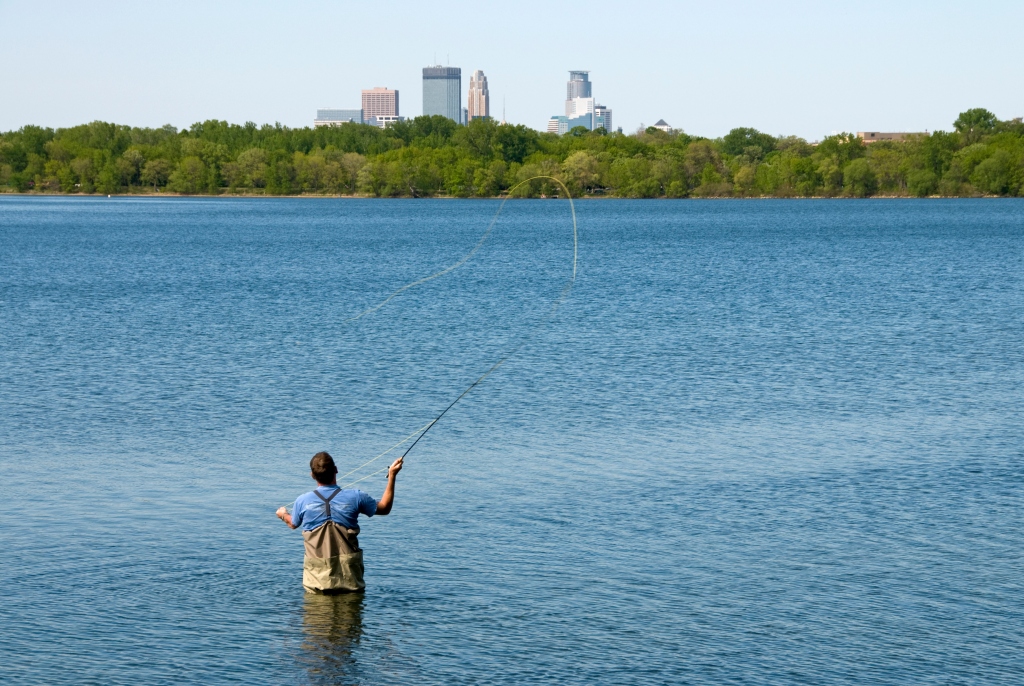
These groups and gatherings also provide an opportunity for environmental awareness and conservation efforts. Many urban anglers are dedicated to preserving the health of their local waterways, and they actively participate in clean-up events and advocate for sustainable fishing practices, and in New York, these efforts, combined with more significant impact projects from the city, have paid off.
For instance, New York City has invested more than $12 billion to improve the health of the Hudson River’s aquatic ecosystem, an effort that’s paid off with the increased presence of dolphins and rare species like the lined seahorse. A 2017 NYC Department of Environmental Protection report found that the river is the cleanest it has been in more than 100 years.
As fly-fishing in general continues to gain momentum, it’s inspired a new generation of anglers to take up the sport. A Recreational Boating & Fishing Foundation report found that a record 7 million anglers picked up a fly rod in 2019, and while fly fishing, in particular, is still a sport dominated mainly by White men, the organization noted increased participation from both women and the Hispanic community.
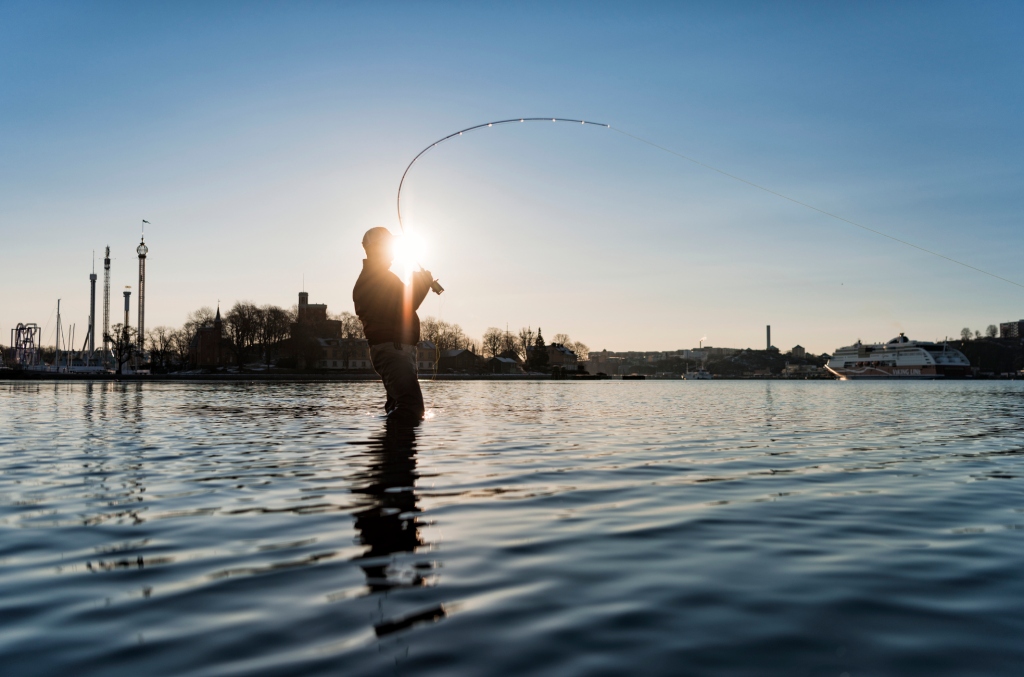
“I’m still deep into an obsession, but the pleasure of urban fly-fishing is that you don’t have to be obsessed at all to pursue it,” James Pogue wrote in the New York Times. “You just bike to the park, wave to the picnickers barbecuing in the grass, throw a cast and forget for a few hours about anything that isn’t the living water in front of you. Then you change your shirt and head off to meet a friend for dinner.”
Not only does urban fly-fishing offer an opportunity for city dwellers to reconnect with nature, but it also highlights the resilience and adaptability of both humans and the aquatic species that call New York City home. With each cast of a line, we’re reminded of the delicate balance between the urban landscape and the natural world—a balance that hopefully will be preserved for future generations.


